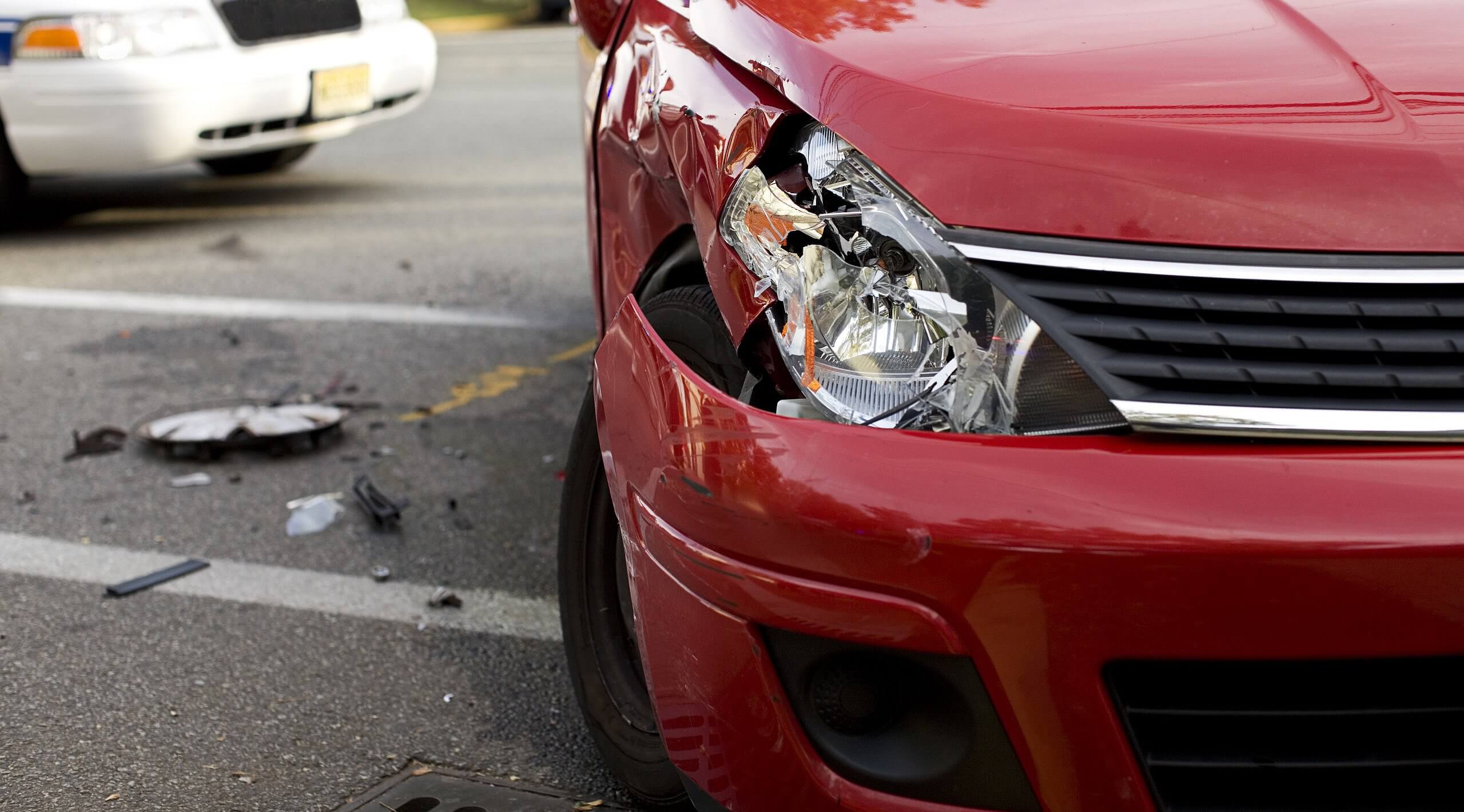If you have been injured in a car accident caused by the negligent action or inaction of someone else, you may be able to pursue a personal injury claim seeking compensation for the harm you have incurred. Determining who is at fault for a car accident, however, can be complicated. There can be many different parties involved and this issue can be difficult to unravel. Who is at fault for causing a car accident, however, is critical as it will determine who will be on the hook, or whose insurance carrier will be on the hook, for paying your damages.
Determining Fault in a Car Accident
There will be several different parties looking to determine who is at fault for an accident. First, the police will look to decide who is at fault. When they arrive at the accident scene, law enforcement will immediately gather evidence to determine who is at fault for the accident. This will include getting statements from the parties involved as well as witnesses. There may be tickets issued for any traffic violations. The official police report generated by the police arriving at the accident scene will play a central role in your personal injury claim. It is an impartial description of the accident. However, oftentimes the police investigation yields no determinative conclusion as to fault.
Insurers of the parties involved in the accident will utilize things like the police report to make their own determination of who is at fault for an accident. An insurer, however, is likely to look at any evidence that could potentially exonerate them of responsibility for paying injury claims resulting from the accident. If a settlement cannot be reached with an insurance company, a personal injury claim may go to court and the judge, arbitrator(s), or jury will decide who was at fault for the accident and, therefore, who needs to pay and who needs to be paid. As the plaintiff in a personal injury case, you will be able to provide evidence to support your narrative of how an accident occurred. This is why it is important to gather your own evidence at the accident scene if you are able to. Take pictures, get the names and contact information of any witnesses, and write down any accident details you recall as soon as possible. These can be important pieces of evidence in support of your case.
In most instances, it will be found that one driver was at fault in causing an accident. This, however, is not always the case. Sometimes, more than one person is found to be at fault, including the plaintiff who is seeking compensation from another party. In these instances, it is important to be aware of Pennsylvania’s modified comparative negligence standard. Under the modified comparative negligence rule, the plaintiff in a personal injury case can only recover from the defendant if his or her percentage of fault in causing an accident is less than 51 percent. In other words, if a plaintiff assigned a percentage of fault that is 51% or greater, he or she will be unable to recover compensation from the defendant for damages sustained in the accident. If the plaintiff is 50% or less responsible, recovery is still possible, but it will be reduced by the percentage of fault he or she has been assigned.
Pennsylvania Auto Accident Injury Attorneys
Personal injury cases are not cut and dry. Every case is different and requires a fact-intensive analysis to make sure things are done right. You want to be able to pursue full and fair recovery from the correct parties. This can be complicated. That is why the team of trusted auto accident injury attorneys at Cooper Schall & Levy tirelessly work to make sure we fully protect the best interests of our clients. We fight to make sure that the responsible parties are held accountable for the damages they have caused and that our clients are properly compensated for their losses. Contact us today.


